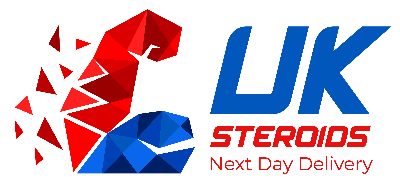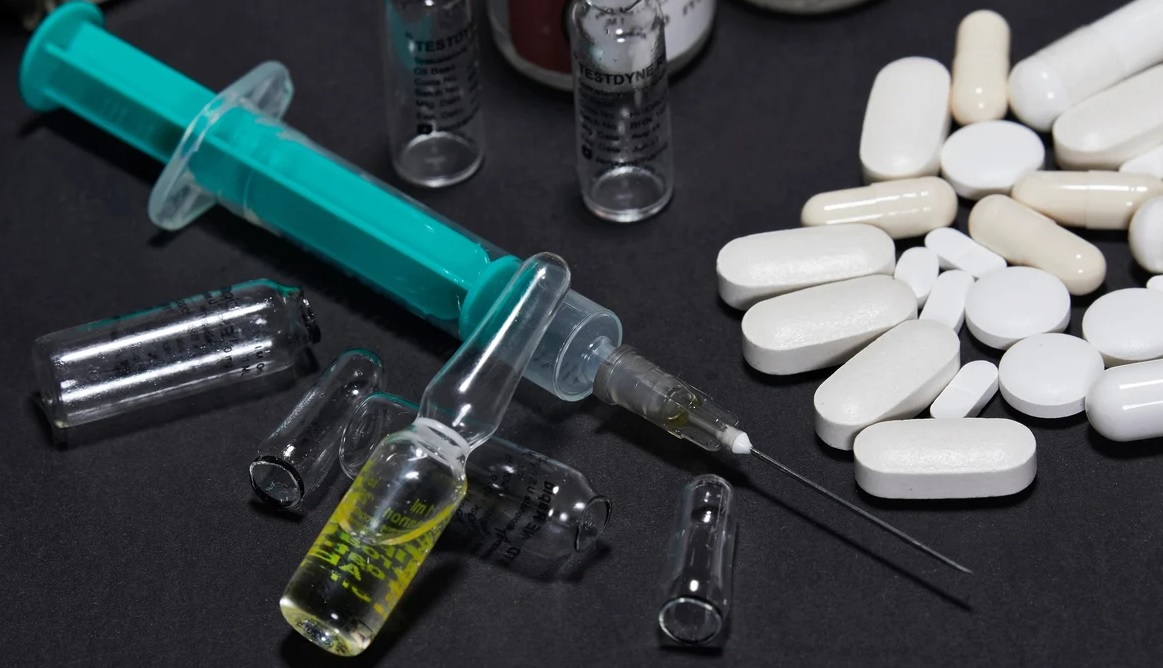An Introduction to Testosterone
A synthetic form of the hormone testosterone or a similar compound generated from it is found in a class of medications known as anabolic steroids. To fully understand how anabolic steroids function, one must grasp the basic principles of testosterone.
Testosterone is the primary hormone involved in male sex. It is produced at varying degrees by Leydig’s cells in the testicles during an individual’s lifespan. The effects of this hormone are most noticeable in puberty when a surge in testosterone levels causes the male body to undergo major physiological changes.
The male reproductive system’s functionality will be impacted by low testosterone levels. These are all considered to be the “androgenic” or “masculinizing” effects of this hormone. Increased testosterone production will lead to an increase in the rate of protein synthesis and other growth-promoting or “anabolic” changes in the body (leading to muscle accumulation). Because of the significant differences in testosterone levels between the sexes, men tend to have more muscular mass than women. More specifically, the adult male body will require 2.5 to 11 mg per day, but females only produce around 1/4 mg1. The primary sex hormone in women is oestrogen, which acts on the body in a fundamentally different way.
Among other things, women with higher oestrogen and lower testosterone levels will be shorter in height, store more body fat, and develop less muscle. They will also be more vulnerable to osteoporosis, which is the weakening of bones with age. The precise mechanism by which testosterone brings about these changes is a little nuanced.
When the testosterone molecule is free in the circulation, it can interact with many body cells. This includes the tissues of the prostate, skin, scalp, kidney, bone, and central nervous system in addition to the cells that make up skeletal muscle. Only body cells containing the proper hormone receptor site—more precisely, the androgen receptor—will be impacted by testosterone since it needs a cellular target to function. This process might be likened to a lock and key system, in which a specific hormone (key) is required to unlock each receptor.
Actin and myosin, the two primary contractile proteins, will thus be produced in greater quantities by skeletal muscle cells. Consequently, certain genes will start to transcribe. Due to androgen activity, muscle tissue may retain more carbs.
Following the completion of this signaling process, the hormone and receptor will separate, and the complex will be released. After that, both can go back to the cytosol to continue their activity. Similarly, the testosterone molecule has no limitations when it comes to interacting with other cells and entering the circulation. The entire receptor cycle, which takes hours instead of minutes to finish, consists of gene transcription, receptor hormone complex migration, hormone binding, and finally returning to the cytosol. For example, in experiments using a single dosage of nandrolone-activated free androgen receptors require 4 to 6 hours to return to the cytosol.
There are many reports indicating androgens play a critical role in the growth of their receptor sites; the theory that this cycle also involves the splitting and synthesis of new androgen receptors once returned to the cytosol provides a possible explanation. Androgens can similarly boost kidney erythropoiesis. This effect raises red blood cell concentrations and may enhance oxygen transport capacity after anabolic/androgenic steroid therapy. Owing to mentions or uses of this effect in pharmaceutical literature, many athletes mistakenly think that boldenone and oxymetholone are the only drugs capable of producing this effect.
The only possible significant exceptions would be compounds such as dihydrotestosterone and certain of its derivatives, which show relatively weak activity in these tissues due to rapid degradation upon interaction with the 3alphahydroxysteroid dehydrogenase enzymes.












Leave a Reply